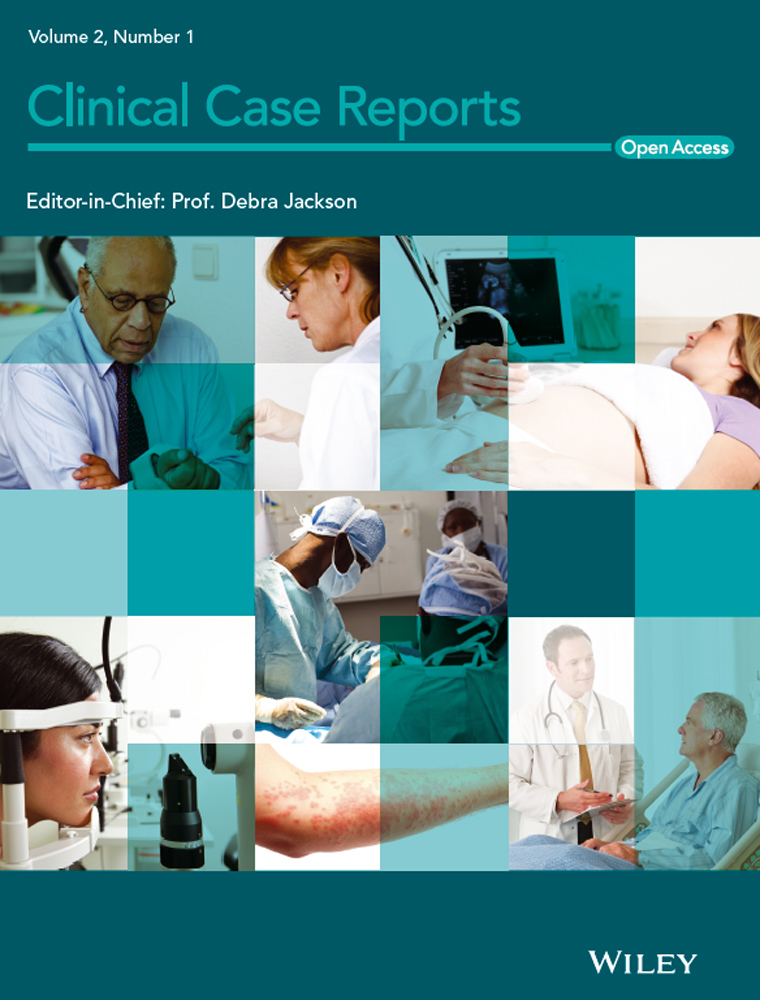Pheochromocytoma crisis
Key Clinical Message
Adrenergic crisis induced by a pheochromocytoma leads to life-threatening catecholamine-induced hemodynamic disturbances. Successful treatment of a pheochromocytoma crisis demands prompt diagnosis, vigorous pharmacological therapy and emergent tumor removal, if the patient continues to deteriorate
Question
- A pheochromocytoma, treatment by tumor removal
- A pheochromocytoma crisis, treatment by emergent tumor removal
- A pheochromocytoma crisis, treatment by emergent tumor removal if vigorous pharmacological therapy fails
- A pheochromocytoma, treatment by vigorous pharmacological therapy
Correct answer: C
Financial Support
None.
Conflict of Interest
None declared.





